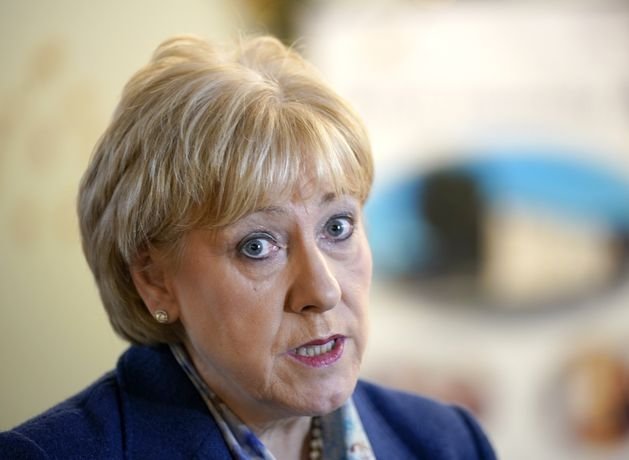A €1 government top-up will be given for each €3 a worker saves, with the amount matched by their employer
By Year 10 of the scheme, which is due to start next January, the cost will rise to €760m.
The calculation is based on the assumption that 90pc of workers who are auto-enrolled will stay in their company’s pension scheme in the long term.
The idea behind the scheme is to bring about 800,000 workers into a pensions savings plan for the first time.
About one in three private-sector workers has no pension, and will rely on state benefits when they retire.
Automatic enrolment will put employees between the ages of 23 and 60, and who earn over €20,000 a year, into a workplace scheme. At the beginning, contributions will be set at a rate of 1.5pc of a worker’s gross income, which will be matched by the employer and topped up by the State.
The contributions will automatically increase every three years by 1.5 percentage points, until reaching a maximum of 6pc by Year 10.
For every €3 saved by an employee, the State will add €1.
Ms Humphreys has defended the cost to the State on the basis that the investment made now will be returned to the economy in higher spending by retired people in the future.
She has also pointed out that the cost of the existing marginal tax relief on occupational pensions was about €1.8bn in 2020, and this mostly benefits workers paying the higher rates of income tax. The auto-enrolment scheme is predominantly aimed at lower-paid workers, as the matching contribution by the employer and the top-up by the State is only up to a maximum of €80,000 worth of earnings.
“If tax relief was used instead of a state top-up, Department of Finance figures indicate the cost of extending the existing tax relief system to the target auto-enrolment cohort would amount to approximately €750m per year from Year 10 onwards,” Ms Humphreys said in response to a Dáil question. “This includes tax relief on employer contributions of approximately €200m.”
The auto-enrolment system is going to be run by a new quango – the National Automatic Enrolment Retirement Savings Authority.
The minister says the intention is that the agency will become self-financing from fees charged to people participating in the scheme.
“However, as costs will arise in advance of contribution collection commencing, it is expected [they] will be financed from a loan to be amortised as part of the authority’s operating costs over the following 10 to 15 years,” she said. “Thereafter, it is expected that the authority should be self-financing, requiring no funding from the Exchequer.”
A bill to set up the auto-enrolment system was put before the Oireachtas last week. The scheme is voluntary, but workers will have to “opt out” rather than “opt in”. They can chose to leave after six months, but will be re-enrolled after two years if they have no other pension arrangements.
People moving between jobs will not have to change pension scheme, because they will remain members of the automatic enrolment scheme, on a “pot follows the member” basis.
Employees can also choose the level of investment risk from high, medium or low. Those who don’t choose will be put in a default strategy, which gradually reduces the risk as they get older.

